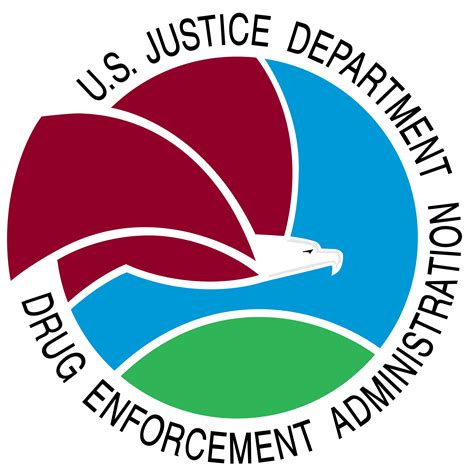US Drug Enforcement Administration (DEA) TV commercial - 2019 DEA Takeback Day: Pills
Advertisers
Advertisers of the US Drug Enforcement Administration (DEA) TV Spot, '2019 DEA Takeback Day: Pills'
US Drug Enforcement Administration
The US Drug Enforcement Administration (DEA) is a federal law enforcement agency headquartered in Arlington, Virginia. Established in 1973, the DEA operates under the purview of the Department of Just...
What the US Drug Enforcement Administration (DEA) TV commercial - 2019 DEA Takeback Day: Pills is about.

Title: 2019 DEA Takeback Day: Pills
Introduction:In 2019, the United States Drug Enforcement Administration (DEA) launched a powerful television spot to promote their annual "Takeback Day" initiative. This campaign aimed to raise awareness about the safe disposal of unused prescription pills and combat the growing opioid crisis in the nation. The TV spot, titled "2019 DEA Takeback Day: Pills," was designed to captivate viewers and emphasize the importance of taking action against the misuse and abuse of prescription medications. Let's delve into this impactful advertisement and explore its key elements.
Description:Opening Scene:The TV spot begins with an intense close-up shot of a hand trembling as it reaches towards a bottle of prescription pills. The tension in the air is palpable, hinting at the potential danger and allure of these medications.
Voiceover:A soothing yet authoritative voiceover kicks in, accompanied by a poignant background score. The narrator conveys the message of the DEA's Takeback Day, urging viewers to take action and combat the growing epidemic of prescription pill abuse.
Visuals and Animation:As the voiceover continues, the camera pans out to reveal a surreal, animated landscape filled with pill bottles of various shapes and sizes. These bottles are depicted as eerie, faceless figures, representing the menacing presence of prescription drugs in society.
The Takeback Box:Amidst this surreal backdrop, a prominent feature of the TV spot is the "Takeback Box." The animated box, symbolizing the collection sites for the Takeback Day initiative, is showcased as a shining beacon of hope. It represents the safe and responsible disposal of unused pills, providing a solution to the problem at hand.
Transitions:Throughout the TV spot, seamless transitions occur between scenes of the haunting landscape and real-life testimonials from individuals who have been affected by prescription pill abuse. These testimonials bring a human element to the advertisement, evoking empathy and reinforcing the importance of the DEA's mission.
Impactful Messages:The voiceover intertwines with impactful text overlays, providing informative data and statistics related to prescription pill abuse. These messages highlight the urgency of the problem while empowering viewers to take part in the solution.
Call to Action:To conclude, the TV spot delivers a powerful call to action, urging viewers to participate in the DEA's Takeback Day initiative. Details about when and where the initiative will take place are conveyed on-screen, along with a clear invitation for viewers to make a difference in their communities.
Conclusion:In summary, the 2019 DEA Takeback Day
US Drug Enforcement Administration (DEA) TV commercial - 2019 DEA Takeback Day: Pills produced for US Drug Enforcement Administration was first shown on television on October 12, 2019.
Frequently Asked Questions about us drug enforcement administration (dea) tv spot, '2019 dea takeback day: pills'
Videos
Watch US Drug Enforcement Administration (DEA) TV Commercial, '2019 DEA Takeback Day: Pills'
Unfortunately we were unable to find any suitable videos in the public domain. Perhaps the video of this TV commercial has not been preserved. If you know the link to this commercial, you can send it to us using a special form.
TV commercials
Similar commercials












